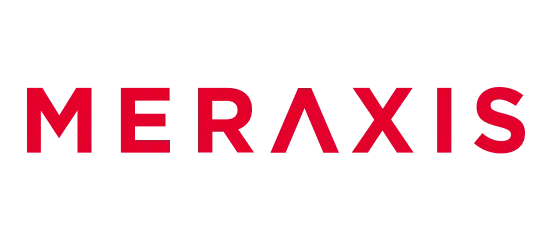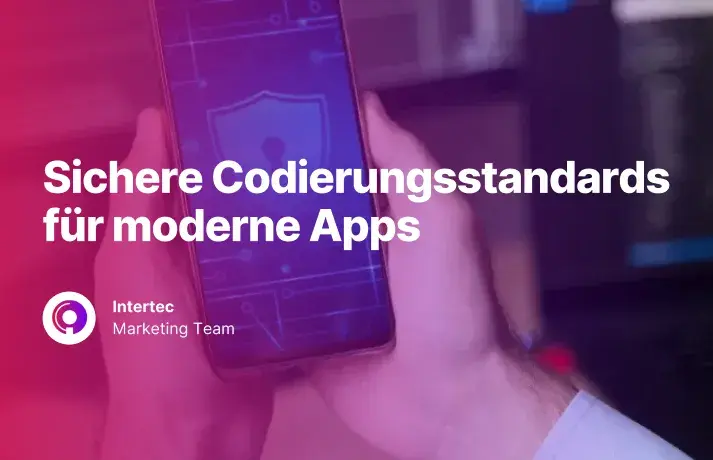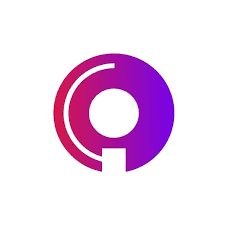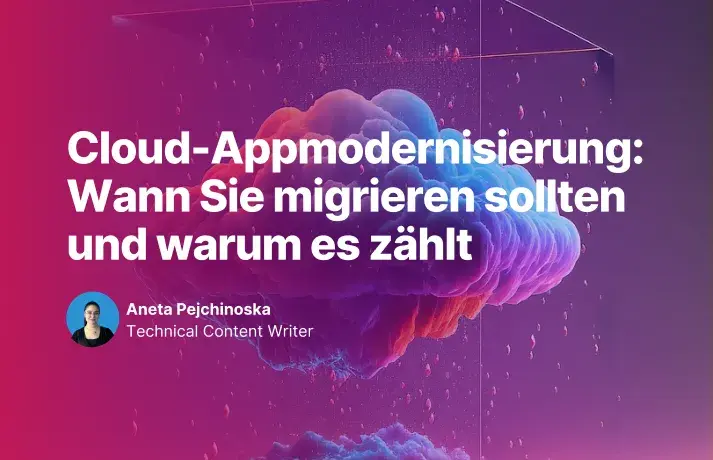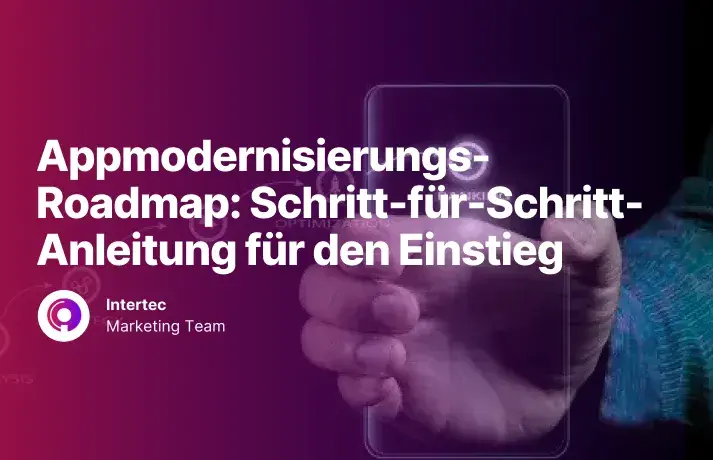Wie die Modernisierung geschieht: Das 7-R-Framework
Bevor wir uns mit den wichtigsten Treibern für die Anwendungsmodernisierung befassen, sei darauf hingewiesen, dass der Modernisierungsprozess nicht pauschal ist. Wir beschreiben es anhand der "7 Rs" beschrieben - Rehost, Replatform, Refactor, Re-architect, Rebuild, Replace und Retire.
Jeder Ansatz stellt eine andere Stufe der Transformation dar, von der einfachen Verlagerung einer Anwendung in die Cloud ("lift-and-shift") bis hin zu ihrer vollständigen Neugestaltung oder Ersetzung. Die richtige Mischung hängt von Ihrer Modernisierungsstrategie, Ihrem Budget und den strategischen Faktoren ab, die wir im Folgenden untersuchen.
Treiber 1: Erhöhung der Systemsicherheit
Einer der dringendsten Gründe für eine Modernisierung ist die Erhöhung der Sicherheit. Die Modernisierung von Legacy-Anwendungen beginnt oft mit der Beseitigung von Schwachstellen, die alte Stacks aufweisen.
Ein Bericht aus dem Jahr 2022 zeigt, dass 54 % der Unternehmen die Verbesserung der Sicherheit als Hauptziel für ihre Modernisierungsprojekte angaben. Im Red Hat-Bericht "State of Application Modernization" berichteten 58 % der Unternehmen von spürbaren Sicherheitsvorteilen nach Modernisierungsmaßnahmen.
Legacy-Systeme verfügen oft nicht über aktualisierte Verschlüsselung, Identitätsmanagement oder moderne Sicherheitsstandards für Anwendungen. Durch die Modernisierung können wir Sicherheit durch Design einbetten, indem wir Prüfungen nach links verschieben, DevSecOps integrieren und Zero-Trust-Prinzipien einführen. Diese Ausrichtung reduziert die technischen Schulden, stärkt die Compliance und ermöglicht ein besseres Risikomanagement.
Kurz gesagt: Stärker modernisierte Anwendungen bedeuten weniger Anfälligkeit, mehr Vertrauen und ein geringeres Risiko.
Treiber 2: Verbesserung von Zuverlässigkeit und Stabilität
Verlässlichkeit ist wichtig. Ausfallzeiten beeinträchtigen das Vertrauen, den Umsatz und den Ruf. Projekte zur Anwendungsmodernisierung führen häufig zu einer höheren Zuverlässigkeit durch moderne Architekturen und bessere Automatisierung.
Eine Fallstudie zur IT-Modernisierung in einer Behörde ergab, dass die Ausfallzeiten nach der Umstellung um 70 % gesunken sind. IBM stellt fest, dass moderne Anwendungen den Wartungsaufwand verringern und einen stabileren Betrieb ermöglichen.
Alte Legacy-Anwendungen basieren oft auf brüchigen, eng gekoppelten Modulen. Ein einziger Ausfall wirkt sich kaskadenartig auf das gesamte System aus. Im Gegensatz dazu sorgen Cloud-Services, Redundanz und verwaltete Dienste für Ausfallsicherheit. Überwachungstools, proaktive Warnmeldungen und automatische Wiederherstellung helfen Unternehmen, Risiken zu verringern und Systeme am Laufen zu halten.
Wenn Ihre Plattform zuverlässig ist, gewinnen die Benutzer Vertrauen - ein Schlüsselfaktor zur Förderung der geschäftlichen Agilität.
Treiber 3: Steigerung der Anwendungsleistung
Die Leistung wirkt sich direkt auf die Benutzererfahrung, die interne Effizienz und die Geschäftsergebnisse aus.
Die von Forrester in Auftrag gegebene TEI-Studie hat gezeigt, dass die Modernisierung von Anwendungen über Azure PaaS zu einer bis zu 50 % schnelleren Bereitstellung von Funktionen führen kann, was die Markteinführungszeit verkürzt. Phoenix Strategy stellt fest, dass Modernisierungsmaßnahmen neben Skalierbarkeit und Flexibilität auch die Leistung verbessern.
Denken Sie an eine langsame Legacy-Anwendung. Die Benutzer klicken und warten, während die nicht ausgelastete Infrastruktur blockiert wird. Durch Refactoring oder Umstrukturierung mittels Cloud-Migration, Caching, asynchroner E/A und optimiertem Datenzugriff erreichen moderne Anwendungen einen höheren Durchsatz und bessere Gleichzeitigkeit.
Schnellere Systeme steigern die Produktivität, automatisieren Aufgaben und erhöhen die allgemeine Kosteneffizienz. In unserer Fallstudie über einen Schweizer Investmentfonds finden Sie alle Vorteile, die das Unternehmen nach der Bereitstellung unserer modernen Lösung verzeichnen konnte.
Treiber 4: Erreichen von Skalierbarkeit und Flexibilität
Bei monolithischen Anwendungen ist die Skalierung schwierig. Durch die Modernisierung werden Elastizität und Anpassungsfähigkeit möglich.
Ältere Systeme skalieren in der Regel vertikal, d. h., sie erhöhen die Leistung eines Servers nach dem anderen. Das ist teuer und einschränkend. Moderne Architekturen wie Microservices, hybride Clouds und containerisierte Anwendungen skalieren stattdessen horizontal und verteilen die Arbeitslasten auf mehrere Server, um Flexibilität, Geschwindigkeit und Ausfallsicherheit zu gewährleisten. Durch Cloud-Anwendungen und Software als Service können Unternehmen ihre Kapazitäten an die Marktanforderungen anpassen.
Dieser schrittweise Modernisierungsansatz ermöglicht auch eine funktionsübergreifende Zusammenarbeit. Die Teams können neue Funktionen entwickeln, ohne die Kernsysteme zu unterbrechen, was zu mehr Flexibilität und nachhaltiger Innovation führt.

